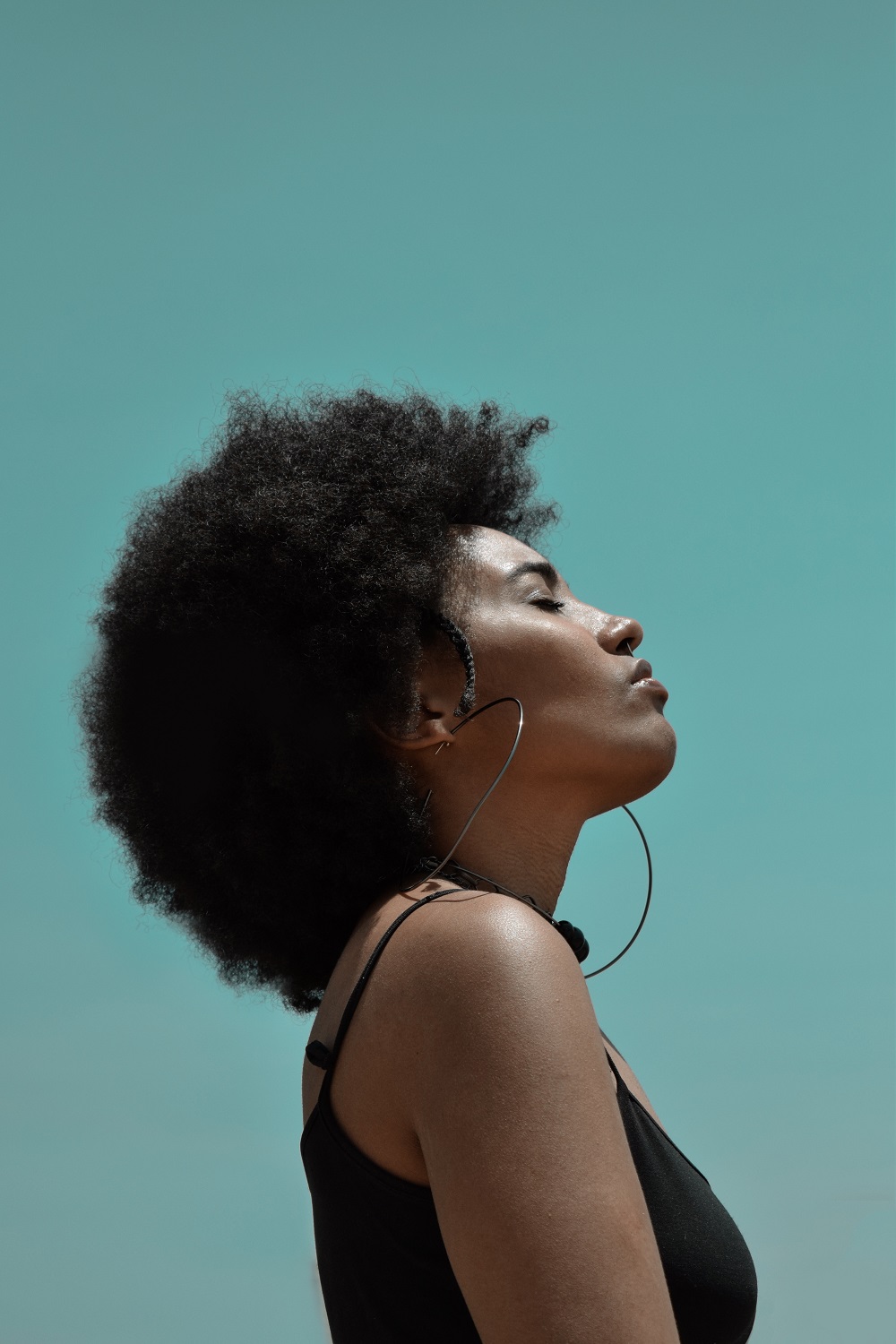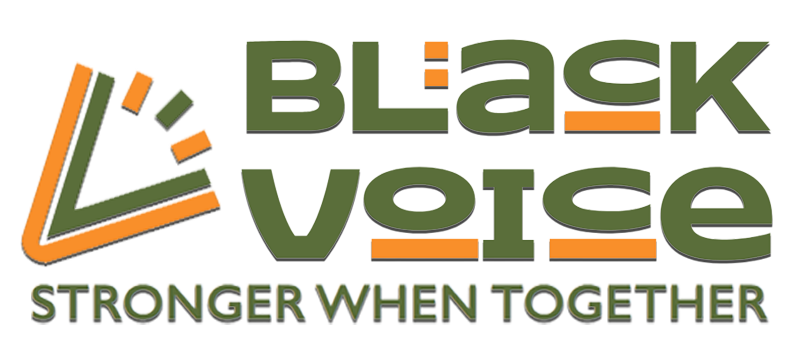By Bethany Bair
Posted on September 24, 2021

TW: This article contains mentions of anti-Black racism, anti-Indigenous racism, gender-based violence and sexual violence.
Afro-Indigenous women live in a unique intersection of being both Black and Indigenous in Canada. An article by Toronto Star describes this complex identity as “a nation built on Indigenous persons’ stolen lands and their ancestors’ slave labour.” Looking through an intersectional lens we will take a peek at Afro-Indigenous women and their experiences of experiencing emotional, physical and sexual violence. I advise while you read this paper to keep the term intersectionality in mind.
Intersectionality
The term intersectionality was coined by Black philosopher and professor Kimberlé Crenshaw in 1989. Oxford English dictionary defines it as “the interconnected nature of social categorizations such as race, class, and gender, regarded as creating overlapping and interdependent systems of discrimination or disadvantage…”. Think of numerous but distinct roads crossing paths. Some roads only cross one, while some roads cross plenty of paths. Each driver has their own unique pathways that allows them to experience their ride differently. This analogy can be applied to each individual’s unique identities which are shaped by their race, class, and gender. In this case, Afro-Indigenous women hold the status of “woman,” “Black” and “Indigenous,” and often face unique class and social issues as a result.
Emotional violence
Experiencing exclusion from those that are supposed to stand with you can be strenuous at times. Afro-Indigenous people have dual challenges relating to their anti-Black experiences within the Indigenous community and anti-Indigenous experiences within the Black community. For example, some women can be perceived to be solely Black when instead their Black identity is just a portion of who they are, making it so their Indigenous status is questioned in times of need. Some claim that when they go to Indigenous rallies, they are encouraged to not be at the forefront of the cause because they’re not visually Indigenous.
In addition, due to Afro-Indigenous women being over surveilled and overpoliced, Afro-Indigenous mothers have to be careful with their interactions. The stereotypes placed on the Black and Indigenous community creates a biased opinion about them socially. For instance, Black and Indigenous mothers are more at risk of having their children seized by child welfare or could be at risk of not being treated fairly in the emergency room. In healthcare, many Afro-Indigenous mothers are assumed to be intoxicated, and therefore perceived as unfit mothers. This creates elevated fears for these women, who are constantly being watched and judged everywhere they go.
Physical violence
Aside from emotional abuse, Afro-Indigenous women experience disproportionate rates of physical abuse. Also, due to their intersectional identities, calling for help can do a lot more damage than good. Research shows that Indigenous women aged 25-44 in Canada are five times more likely to experience a violent death than their non-Indigenous counterparts. Indigenous and Black women are already the least likely to access support services for their victimization, so those intersecting between the two identities still face the same difficulty. For example, on May 27, 2020, a mother called 911 to help her daughter Regis Korchinski-Paquet, who was Black and Mi’kmaq, after being in distress over a family conflict. The mother pleaded for officials to take Korchinski-Paquet to a place that provides mental health support. Korchinski-Paquet’s family was not allowed to be with her when she was with the police, and she was undoubtedly having a hard time. Moments later, Korchinski-Paquet fell to her death from her 24th-floor balcony while police were in her home. Korchinski-Paquet’s unfortunate story sparked important conversations about ways in which police interact with Black and Indigenous people, specifically women. Through an intersectional lens, it is clear that Korchinski-Paquet would have been interacted with and cared for differently if she was not a racialized woman. Tragedies like these can result in Afro-Indigenous women not reaching out to the police or choosing not to ask for help when facing danger.
Sexual violence
Throughout the years, the phrase “No more stolen sisters” has shined a light on the issue of violence against Indigenous women and girls around the world. Each year, numerous Afro-Indigenous and Indigenous women have gone missing, been forced into sex trafficking, or are found murdered. As is the case with physical violence, when these women and girls speak up about their experiences, they are often silenced or ignored. Legal personnel continually tell Indigenous and Black girls they are not credible witnesses when it comes to their own sexual violation. Continually, when these women and girls are reported missing, their troubles are taken less seriously. In Tina Garnett’s paper “Culturally Safe(r) Trauma Services for Indigenous and Black Women” she states that “Indigenous and Black women continue to be overrepresented as the victims of sexual violence, yet are least likely to access legal or medical services due to the inherent systemic barriers present in contemporary systems.” Their troubles are less validated by the justice system.
In the end, Afro-Indigenous women belong to two marginalized communities with deep ancestral traumas. Either being perceived as Black or Indigenous, they still face misogynistic racism. Thus, once we see this as a multiple-issue framework, we can start making actual changes to the violence that Afro-Indigenous women face.

